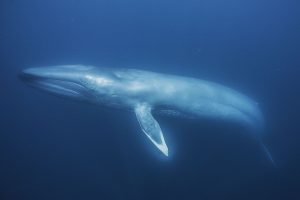i just read in Acts/Facts (ICR creo pub) about a law in evolutionism called Dollo’s law.. Gould said”…restates the general principal of mathematical probability…”
This touches on a thread I made here once about how darwins idea, statement, that to disprove evolution someone would need to show why small steps could not have created anything now in biology. I answered that if small steps can do the glory/complexity of biology then they could do anything. However improbable. Say a fish to a rhino, over time, bacj to a fish, then back to a rhino. WHY NOT is small steps of selection can do anything.
WELL. They had a law here about how evolution can’t reverse/repeat itself due to the math improbability.
Yet this would confute Darwins argument. SO small steps can’t do everything. There are boundaries indeed. THEN the creationist must be allowed the concept of how improbable biology coming from small steps IS. In fact Gould/Dawkins all agree its improbable for like results. so why not the whole concept of evolution as to explain biology??
The improbability of fish becoming fishermen, a common first instinct, is proved as right as a instinct because of Dollo’s law. Its impossible to repeat/reverse but this means its impossible for the first time.
Small steps being selected is NOT a answer to the apparent impossibility of what evolutionism claims to demonstrate.



